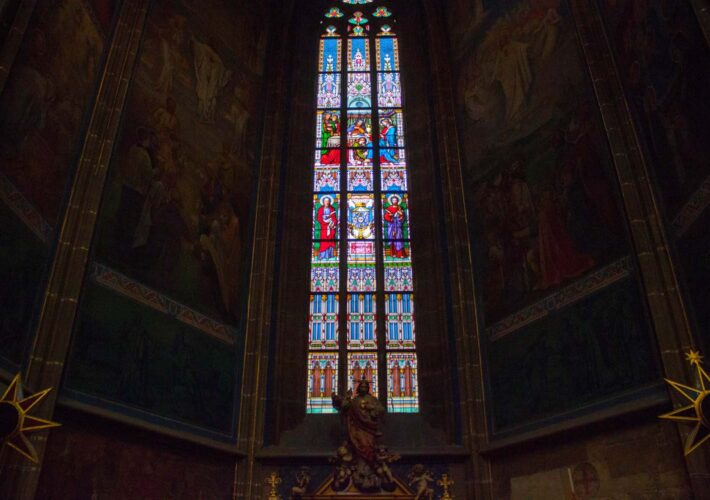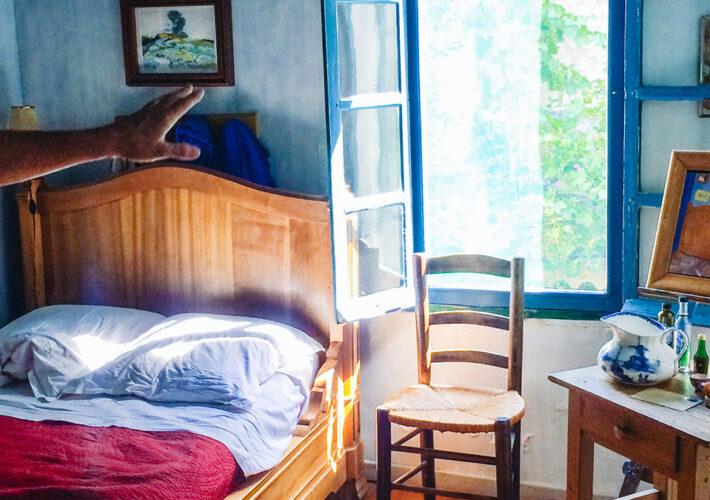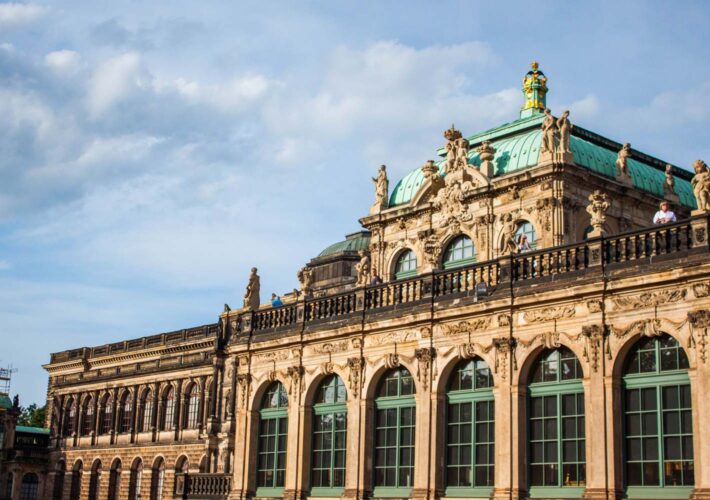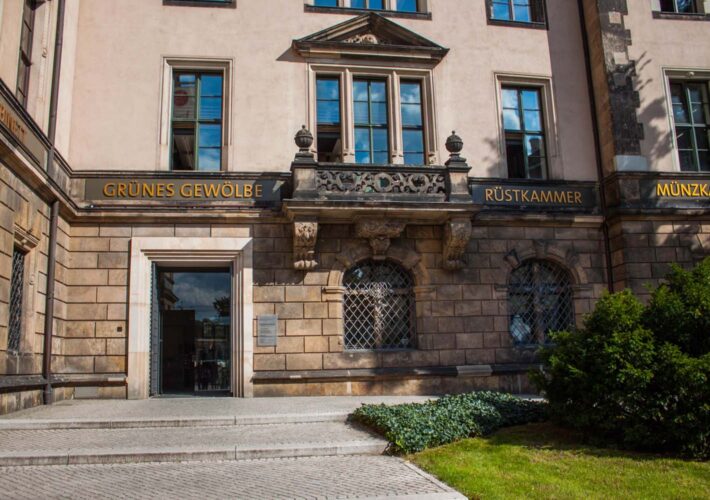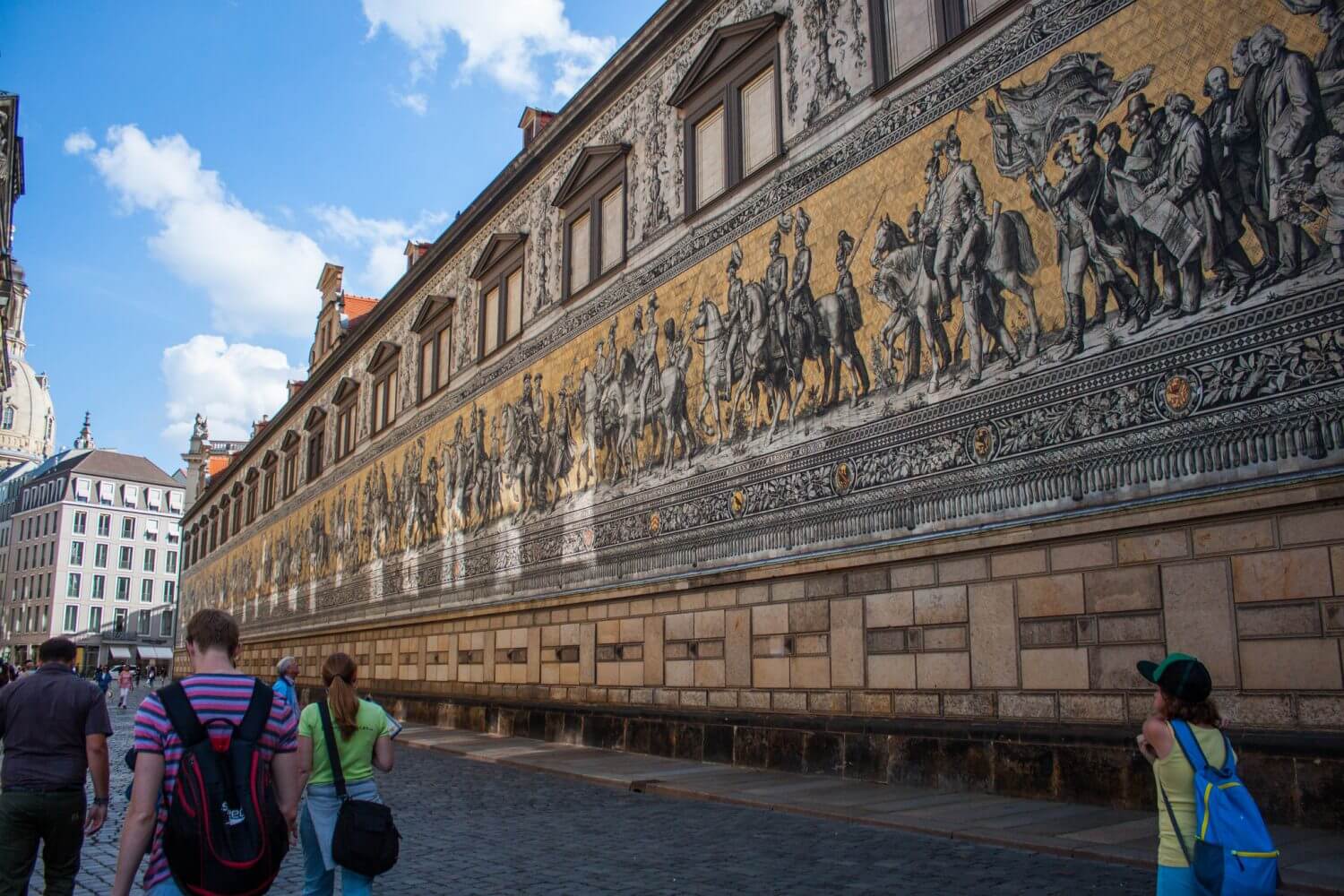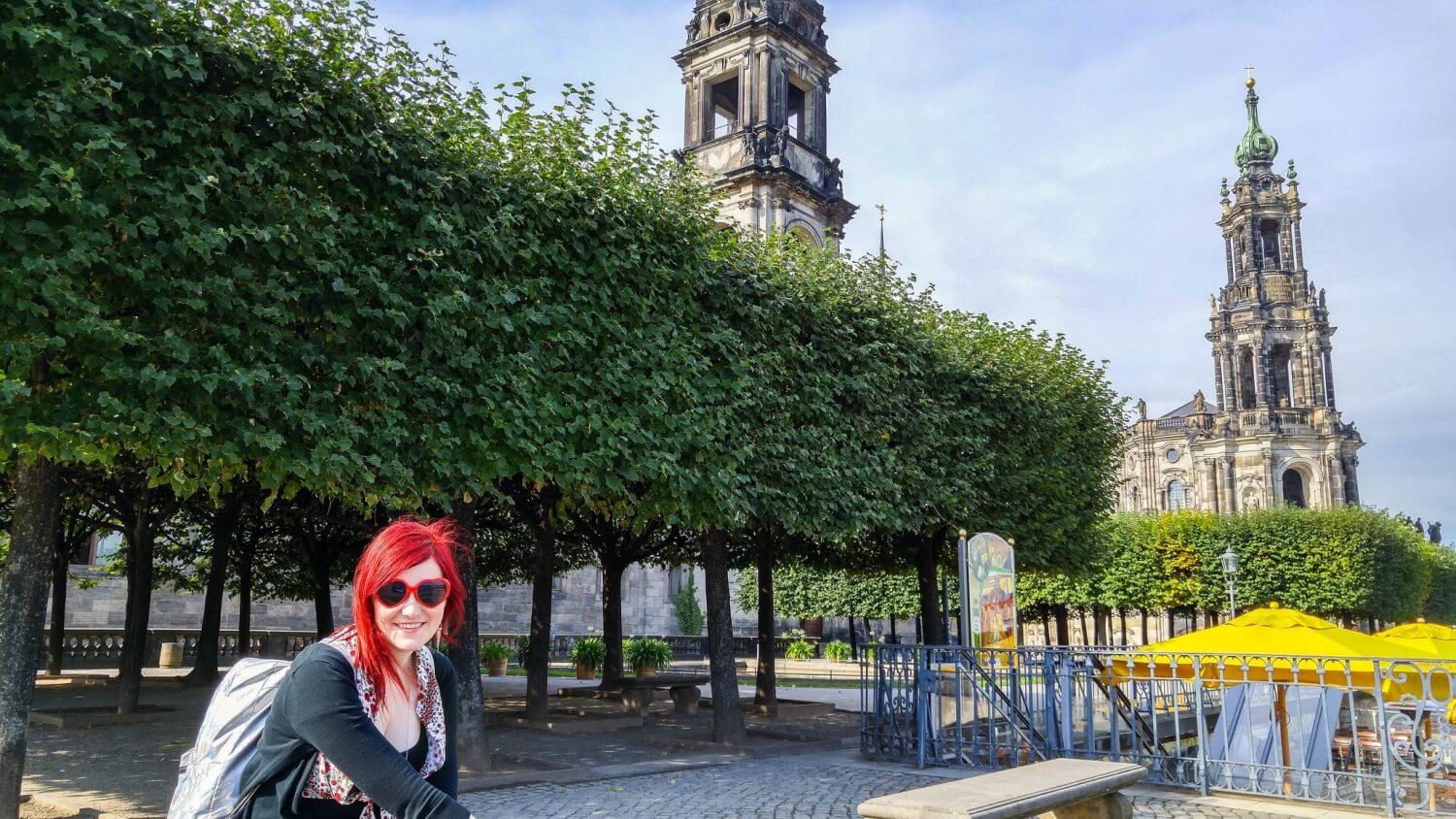The Hakone Open Air Museum is located in the heart of the Japanese countryside. Nestled in between the green hills and valleys of Fuji-Hakone-Izu National Park. Almost most people who travel to the Hakone region come for the views and the onsens, not the art, I highly recommend making a stop here, trust me, you won’t regret it!
St. Vitus Cathedral is one of the most astonishing churches in the world, and as such is filled with some of the most incredible pieces of art from across Europe. The best piece of art can be seen all over the walls. The stained glass windows of St. Vitus Cathedral are some of the most transcendent works of art which blend religious history and powerful human emotion.
The Gemäldegalerie Alte Meister (or Old Masters Gallery) is honestly the best art gallery I ever had the pleasure of visiting. It doesn’t feel too big nor too small. It’s like a grand old home that someone has decorated with exquisite pieces of arts — a stellar collection that’s lovingly curated.
The first place I wanted to visit in Dresden was the fabled “Green Vault”. The Green Vault or *Grünes Gewölbe* is Europe’s largest collection of precious, historical treasures. It was the first public museum in all of Europe featuring a collection of crown jewels, royal bowls carved out of crystal, agate and ivory, golden figurines with multicoloured gems inlaid within and the ‘Dresden Green’ – the largest green diamond in the world. When walking up to the Green Vault, I suppose you expect to see a big green building but in fact, the gallery got its name a different way. During it’s original construction, the columns and bases which held up the vaulted ceiling were all painted green – giving the entire place an Emerald city like vibe.
Along the side of the Georgentor, is one of the unique and valuable sites in Dresden. You’ll walk by its dozens of times while visiting Dresden and I think it’s worth more than a quick glance and few photos. This is the Procession of Princes of Fürstenzug.
Brühl’s Terrace, or Brühlsche Terrasse, also known as the “Balcony of Europe”. The area where the Terrace now stands is where the ancient old city ramparts were built in 1738. Once the Fort was no longer needed to protect the city from invaders, it was converted, by the King’s orders, into an outdoor garden and space for the citizens of the city.
The Porcelain Gallery is easy to find. It is right underneath the glockenspiel that rings in the Zwinger every hour. The bells on the outside are also made from the same famous porcelain that is on display inside the gallery.


